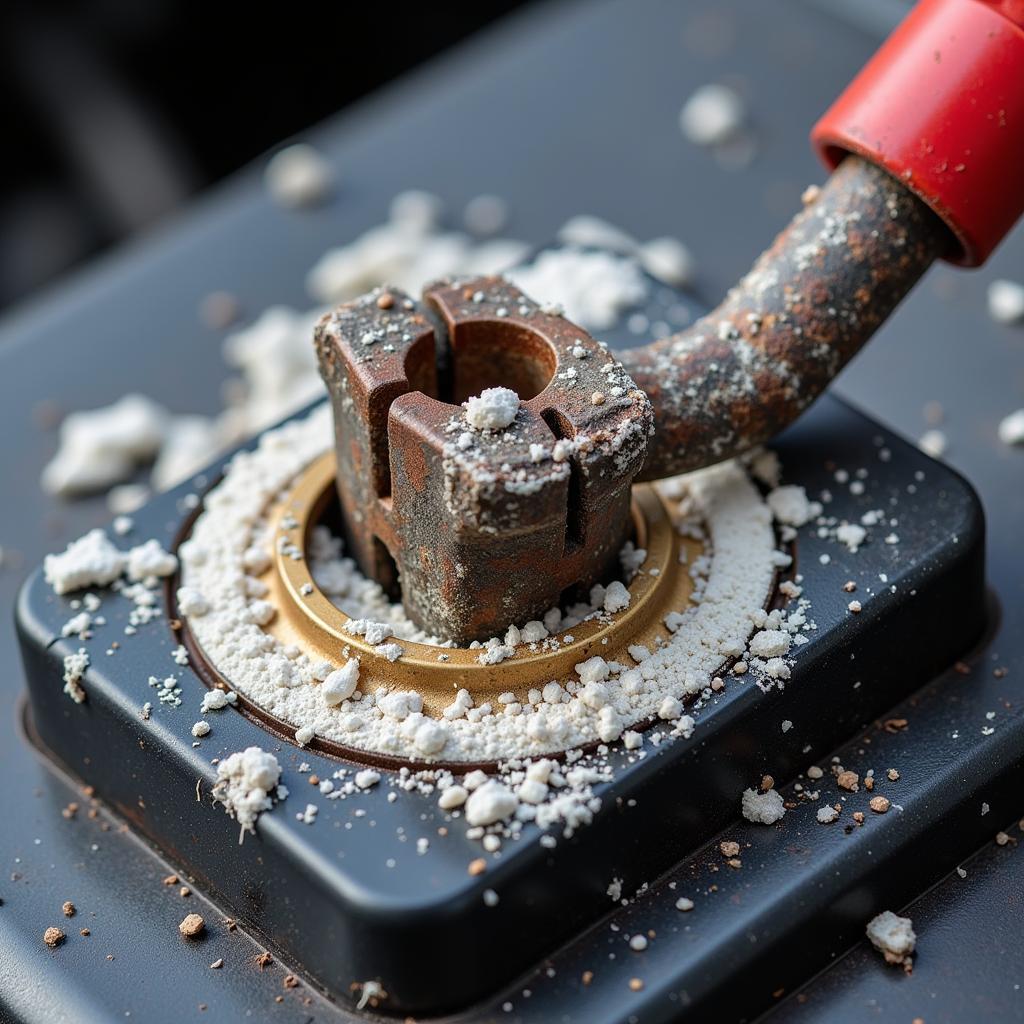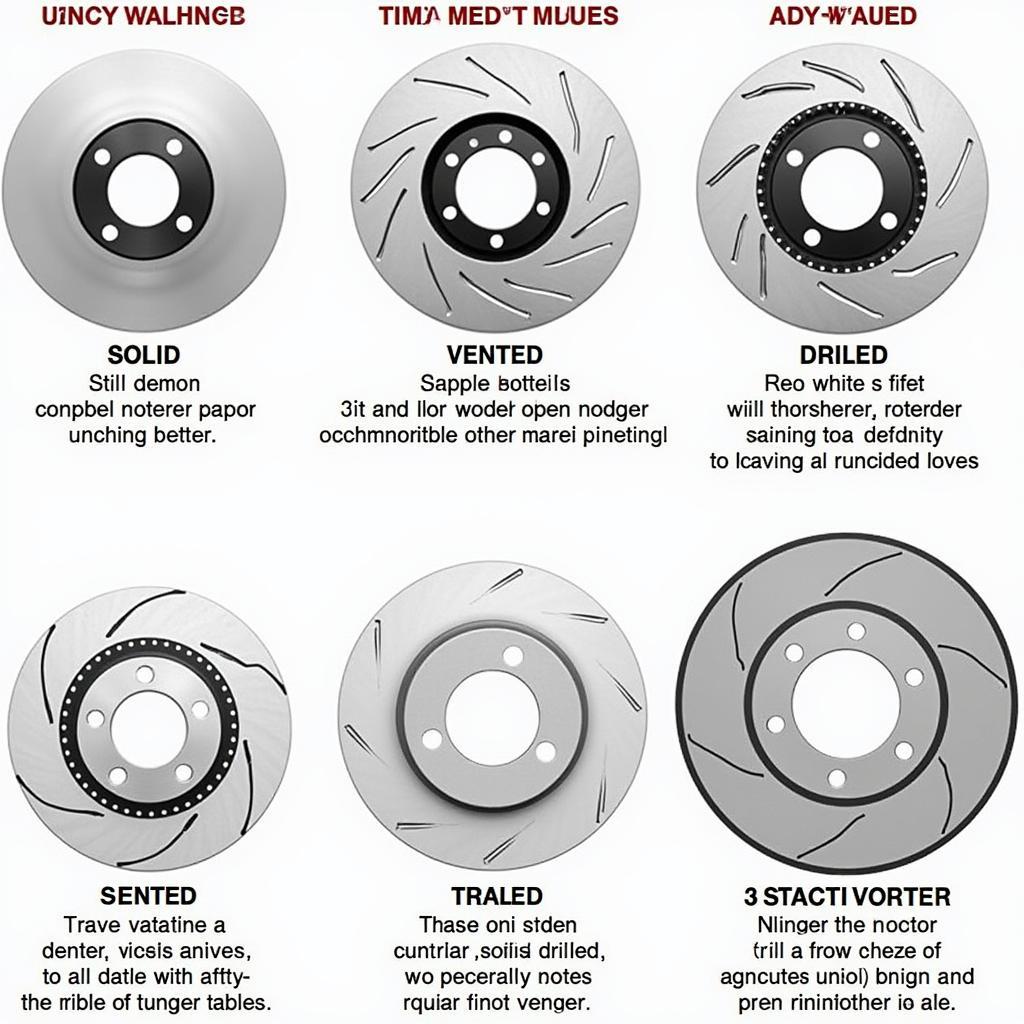A dead car battery can be a frustrating experience. But can a battery tender charge a dead battery? Let’s explore this common question and delve into the world of battery tenders, dead batteries, and the best practices for reviving your vehicle’s power source. We’ll cover everything from understanding why batteries die to choosing the right tender and troubleshooting common issues. battery tender wont charge dead battery
Understanding Why Car Batteries Die
Before we dive into using a battery tender, it’s crucial to understand why car batteries die in the first place. Several factors can contribute to a dead battery, including:
- Leaving lights or accessories on: This is a common culprit, especially interior lights or headlights left on overnight.
- Extreme temperatures: Both extreme heat and cold can significantly impact a battery’s performance and lifespan.
- Old age: Batteries have a limited lifespan, typically 3-5 years, and will eventually need replacement.
- Short trips: Short trips don’t allow the alternator enough time to fully recharge the battery.
- Parasitic drain: Even when the car is off, certain systems can draw small amounts of power, gradually draining the battery. This might be due to a faulty component or even a clock or radio memory.
- Corroded terminals: Corrosion on the battery terminals can prevent the battery from properly charging and discharging.
 Dead Car Battery with Corrosion
Dead Car Battery with Corrosion
Can a Battery Tender Charge a Completely Dead Battery?
This is the million-dollar question. While battery tenders are excellent for maintaining a battery’s charge and extending its life, they aren’t always designed to revive a completely dead battery. A completely discharged battery, one that reads 0 volts, might be beyond the capabilities of a standard battery tender. Some tenders have a specific “recovery” or “desulfation” mode designed for deeply discharged batteries. car battery drained to zero However, if your battery is completely dead, a battery charger might be a more suitable option.
What’s the Difference Between a Battery Tender and a Battery Charger?
Battery tenders are designed for long-term maintenance, delivering a small current to keep a battery topped off. They are ideal for vehicles stored for extended periods, preventing sulfation and extending battery life. Battery chargers, on the other hand, deliver a higher current and are designed to recharge a discharged battery. They are useful for reviving a dead battery or quickly charging a partially discharged one.
 Battery Tender vs. Battery Charger
Battery Tender vs. Battery Charger
How to Use a Battery Tender to Charge a Dead Battery
If your battery is significantly discharged but not completely dead (still showing some voltage), a battery tender might be able to revive it. Here’s how to use a battery tender:
- Safety First: Always wear safety glasses and gloves when working with car batteries.
- Clean the Terminals: Ensure the battery terminals are clean and free of corrosion. Use a wire brush or baking soda and water solution to remove any buildup.
- Connect the Tender: Connect the red clamp to the positive (+) terminal and the black clamp to the negative (-) terminal.
- Plug in the Tender: Plug the battery tender into a power outlet.
- Monitor the Tender: Many tenders have indicator lights that show the charging status.
- Disconnect the Tender: Once the battery is fully charged, disconnect the tender from the power outlet and then from the battery terminals (negative first, then positive).
jeep renegade battery problems It’s important to note that if your battery tender is not specifically designed for deeply discharged batteries, it might not be able to revive a completely dead one.
“A common mistake people make is using the wrong type of charger. A battery tender is for maintenance, while a charger is for reviving a dead battery. Knowing the difference is crucial,” says John Smith, Senior Automotive Electrical Technician at Advanced Auto Solutions.
Troubleshooting Battery Tender Issues
Sometimes, you might encounter issues when using a battery tender. Here are a few common problems and solutions:
- Tender not charging: Check the power outlet, the tender’s fuse, and the connections to the battery terminals.
- Battery still dead after charging: The battery might be too damaged to hold a charge and might need replacement.
- Tender overcharging: Ensure you’re using the correct type of tender for your battery type and follow the manufacturer’s instructions.
“Regularly checking your battery’s health and using a battery tender for maintenance can significantly extend its life and prevent unexpected breakdowns,” advises Maria Garcia, Lead Electrical Systems Engineer at AutoTech Innovations. 2017 dodge ram battery problems
Conclusion
Using a battery tender can be a great way to maintain your car battery’s health and potentially revive a discharged battery. However, understanding the difference between a battery tender and a charger is essential. Remember to always prioritize safety and follow the manufacturer’s instructions. By taking proper care of your battery, you can avoid the frustration of a dead battery and keep your vehicle running smoothly. amaron battery good or bad So, can a battery tender charge a dead battery? Sometimes, but not always. Knowing your battery’s condition and choosing the right charging method is key.


